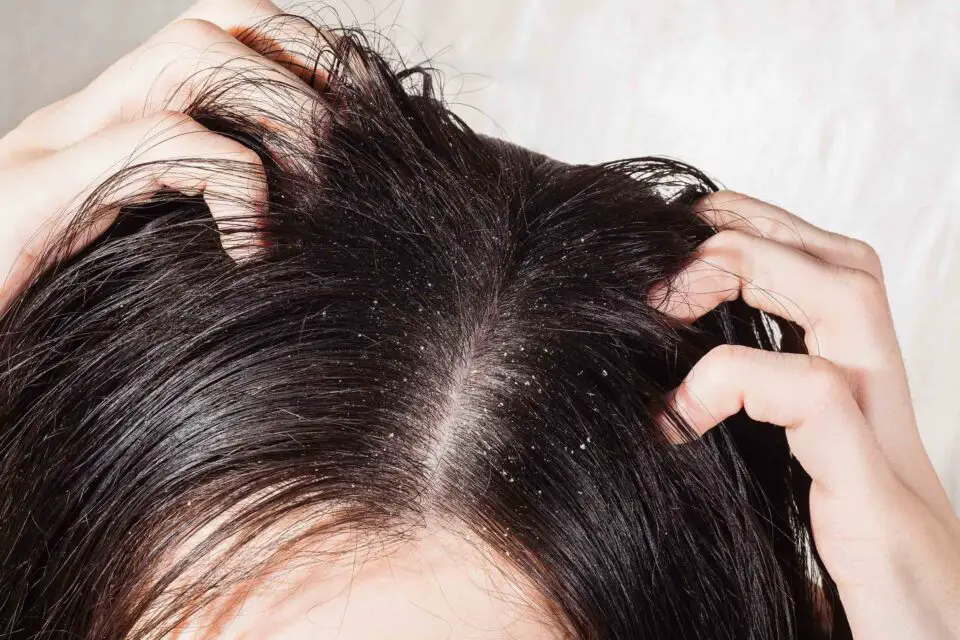Are you interested in learning more about the side effects of Rogaine, the hair loss medication? If so, you are in the right place. Let’s get right to it.
READ ALSO: 2 Best Protein Bar to Lose Weight Efficiently
Table of Contents
READ ALSO: Beware These 5 Side Effects of Boost: Energize Responsibly
Hair loss can be a frustrating and distressing experience for many people. Fortunately, there are medications available that can help promote hair growth, one of which is Rogaine.
Rogaine, also known as minoxidil, is a topical medication that is applied to the scalp to stimulate hair growth.
While Rogaine can be effective, it is important to be aware of the potential side effects associated with its use.
READ ALSO: Unveiling the Truth About 4 MCT Oil Side Effects: Separating Fact from Fiction
Possible Side Effects of Rogaine #1: Scalp Irritation

Scalp irritation is one of the most common side effects of Rogaine. The medication can cause itching, redness, and flaking of the scalp. These side effects are usually mild and go away on their own within a few days or weeks.
If the irritation persists or is severe, it’s important to talk to your doctor. Your doctor may recommend that you use a lower concentration of Rogaine or switch to a different medication.
Another potential side effect of Rogaine is unwanted hair growth. This can occur in areas where the medication has accidentally been applied, such as the forehead or cheeks. This side effect is more common in women than men because women tend to have more sensitive skin.
If you experience unwanted hair growth, you should stop using the medication in those areas and talk to your doctor.
Changes in hair color and texture are also possible side effects of Rogaine. Some people may notice that their hair becomes darker or lighter than usual, or that it becomes curlier or straighter. These changes are usually temporary and go away once you stop using the medication. However, it’s important to be aware of these potential changes and talk to your doctor if you notice anything unusual.
In rare cases, Rogaine can cause more serious side effects. One of these is an allergic reaction, which can cause swelling of the face, lips, tongue, or throat. This can be life-threatening and requires immediate medical attention.
Other serious side effects include chest pain, rapid heartbeat, and difficulty breathing. If you experience any of these symptoms, seek medical attention right away.
Rogaine is not recommended for use in certain groups of people, such as those with scalp conditions like psoriasis or eczema. It’s important to talk to your doctor before starting treatment if you have any pre-existing medical conditions or are taking any medications. Additionally, Rogaine is not a permanent solution for hair loss. Once you stop using the medication, any hair that was gained will eventually fall out.
It’s worth noting that the side effects of Rogaine are generally mild and go away on their own. However, it’s important to be aware of these potential side effects and to talk to your doctor if you experience any unusual symptoms while using the medication.
If you do decide to use Rogaine, there are some things you can do to minimize the risk of side effects.
First, make sure to follow the instructions provided by your doctor or pharmacist. Use the medication as directed and do not apply more than the recommended amount.
Second, avoid getting the medication in your eyes, nose, or mouth. If this happens, rinse the affected area with water immediately.
Third, avoid using other hair products, such as gels or sprays, on the same area of the scalp where you are applying Rogaine. This can increase the risk of irritation or unwanted hair growth.
In conclusion, Rogaine can be an effective treatment for hair loss, but it’s important to be aware of the potential side effects before starting treatment. Common side effects include scalp irritation, unwanted hair growth, and changes in hair color and texture. Serious side effects are rare but can include allergic reactions and chest pain. If you experience any unusual symptoms while using Rogaine, talk to your doctor right away. By following the instructions provided and taking precautions to minimize the risk of side effects, you can help ensure that your use of Rogaine is safe and effective.
Photo Credits: HairMD
READ ALSO: 5 Potential Yohimbe Side Effects You Might Suffer